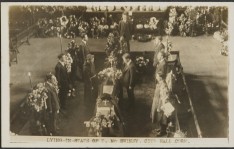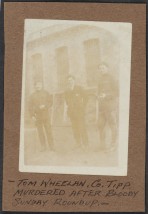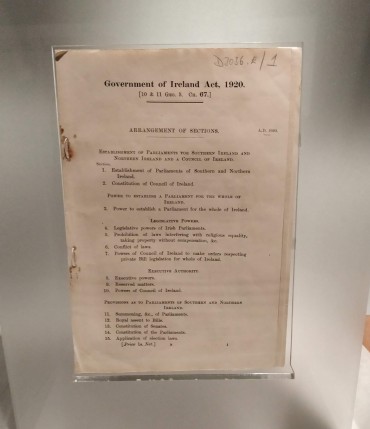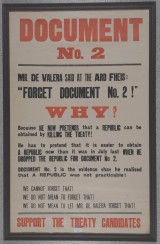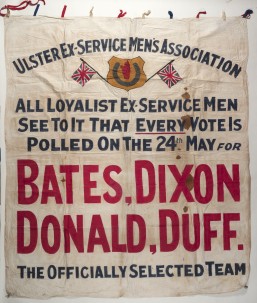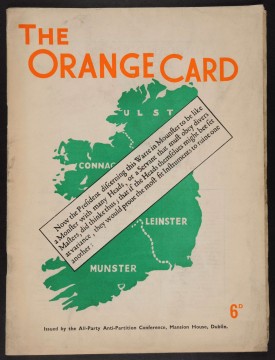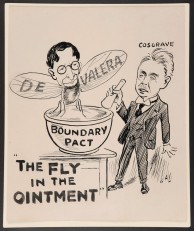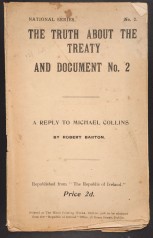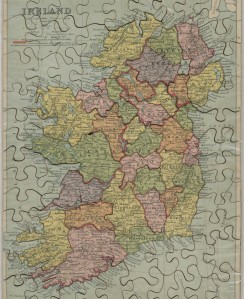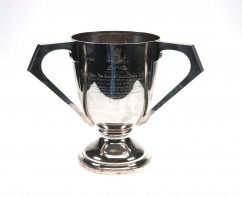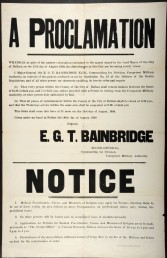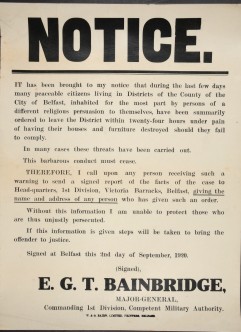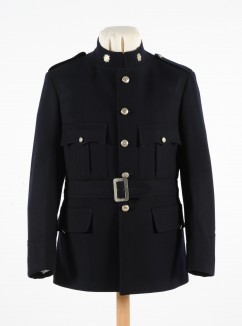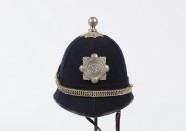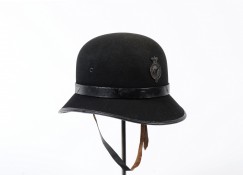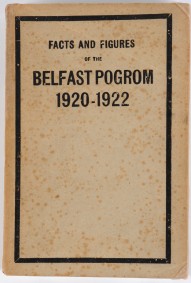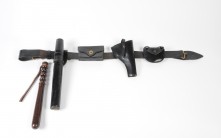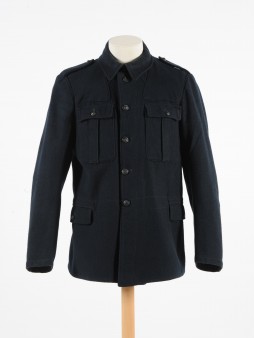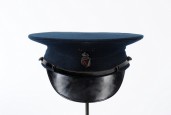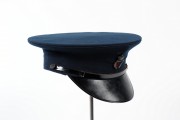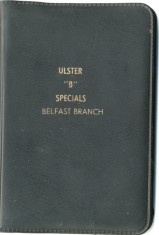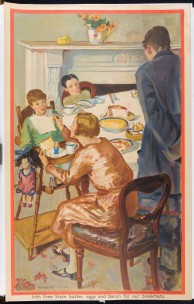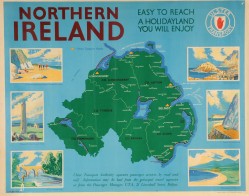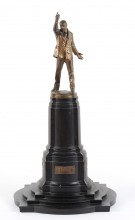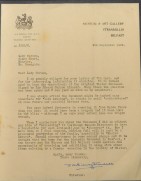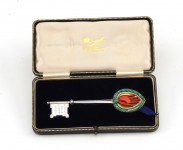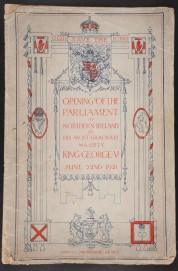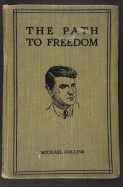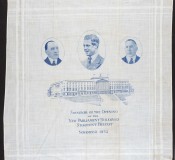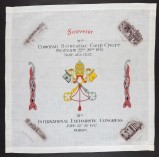Whose Home? Whose Rules?
The home rule crisis 1912-14
The term Home Rule had been shorthand for a form of Irish home government since the 1860s. In 1912 the stakes were raised. The Ulster Covenant, the arming of the Ulster Volunteer Force and the formation of the Irish Volunteers ended thoughts of agreement. Before the Home Rule Act could be implemented, the First World War changed everything and in 1916 two events would become permanent symbols of conflicting identities in Ireland. In May, the Easter Rising brought death, destruction, the proclamation of an Irish Republic and the execution of sixteen of its leaders. A month later, nearly 2,000 Ulstermen died for King and country at the Battle of the Somme. Statements of national identity and political renewal were now written in blood. By 1921, these identities had brought about the border.
Two tribes?
Compared to today, the political and cultural identity of early 20th century ireland seems much more complex. Being a unionist didn’t automatically stop you from feeling Irish and nationalists didn’t necessarily want to exclude Protestants from an Irish nation. Even the unionist hero Sir Edward Carson was a Dubliner and proud Irishman.
50 shades of green and orange
During the long debate about home rule, the national and cultural identity of the people of Ireland was a subject for open discussion and, frequently, humour. There were more tones of orange and green than are visible now. Indeed, a broader colour palette more generally could be seen. Attitudes were more fluid until the crisis of 1912 when ’Ulster’ took a stand. Increasingly, as the political cement hardened, being Protestant meant being British and unionist, and being Catholic, Irish and nationalist.
 Tap on the items below to find out more
Tap on the items below to find out more
Politics Failing
Home Rule was becoming inevitable. For unionists, this was politically and economically unacceptable; even though for many nationalists autonomy within the Empire was a respectable outcome. Then came war and revolution, and all was changed utterly. Is there always a time when we run out of options for peaceful compromise?
Violence Looming
In Belfast, the Ulster Volunteer Force was created – a warning to the British Government not to proceed. In Dublin, the formation of the Irish Volunteers was a response in kind. With the symbols and rhetoric in place that are required to stir the blood, and the weapons in place to spill it, Ireland was ready for conflict.
 Tap on the items below to find out more
Tap on the items below to find out more
Blood red lines
War and revolution 1914-19
Fighting For Meaning
Ireland, north and south, had to come to terms with the death and destruction brought by war and revolution. Many Irish people were persuaded to join armies by words such as duty, freedom, liberty and sacrifice. Those who were lucky enough to survive would see and hear the same words used in rationalising the human cost.
Shaping Identities
Banners, badges, medals, posters and proclamations – political and social upheaval in Ireland brought with it a need to rally people behind the cause. Nationalist Ireland was hard at work reimagining itself and seeking international recognition. Unionist Ireland was also staking a claim to nationhood.
 Tap on the items below to find out more
Tap on the items below to find out more
The split
partition 1920-35
Blood Continues To Flow
Home Rule wasn’t enough. The establishment of Dáil Éireann (Assembly of Ireland) was seen as a step to full independence, and between 1919 and 1921 the IRA carried out a guerrilla campaign aimed at achieving it. Resisting it were British Army, the Royal Irish Constabulary, the Auxiliaries and the Ulster Special Constabulary. The violence on both sides was often brutal and indiscriminate.
Martyrs In The Making
Captured or suspected IRA members were interned in camps in Ulster and Britain – a time to share stories and plot rebellion. The names of the men who became famous in these circles echo down Irish history through statues, street names and songs. Ireland was creating its republican culture.
 Tap on the items below to find out more
Tap on the items below to find out more
The Act That Mattered
The Government of Ireland Act 1920 created two separate parliaments in Ireland, the Parliament of Northern Ireland and the Parliament of Southern Ireland. Home Rule had finally been implemented. However, it split the island of Ireland in two. Although the North didn’t officially ‘opt out’ of Ireland until 1922, this was the moment that defined its future.
Reality Bites
The Act never really achieved what it set out to achieve. Home Rule in ‘Southern Ireland’ morphed into the Irish Free State after the War of Independence and the idea – enshrined in the Act – that the two territories could reunify under common Home Rule institutions, was a fantasy. Far from answering the ‘Irish question’ the Government of Ireland Act merely changed the question. The Act was repealed in 1998.
 Tap on the items below to find out more
Tap on the items below to find out more
The border beds down
Many people assumed partition would be short-lived. They were wrong. However, the 1921 treaty between Britain and Ireland that brought the war of independence to an end did include measures to eventually unify Ireland. Nationalists believed that the boundary commission would undermine Northern Ireland by transferring considerable territory to the southern jurisdiction. They were wrong in that assumption too.
The north digs in
The 1921 treaty caused a rift in Ireland. Pro-treaty and anti-treaty arguments eventually led to a bitter and bloody civil war. Meanwhile, northern unionists were bolstering the security of their new state of Northern Ireland, which comprised six of the nine counties of ulster with the aim of ensuring a permanent unionist majority. Security concerns dominated the new Northern Ireland government, reflected in the draconian 1922 special powers act which included internment without trial. The act was eventually repealed in 1973.
 Tap on the items below to find out more
Tap on the items below to find out more
POLICING PARTITION
New states need new systems. The rule of law comes first for any new administration, its first duty being to protect its own existence. For Northern Ireland this meant supplementing the existing Royal Irish Constabulary with the Ulster Special Constabulary, including the B Specials. In the south of Ireland the RIC was replaced by An Garda Síochána.
SECTARIANISM RULES?
In Northern Ireland sectarian division was rife. 5,500 Catholics were thrown out of the shipyards and Belfast became the most violent place in Ireland. State forces
were complicit in acts of barbarity against Catholic civilians such as the murder of the McMahon family. The IRA could be equally brutal as evidenced by the massacre of Protestant civilians at Altnaveigh. Between 1920 and 1922, atrocity after atrocity left an estimated 550 people dead.
 Tap on the items below to find out more
Tap on the items below to find out more
Taking charge
The history of how Ireland’s two new states were established is laced with violence and bloodshed. However, once in existence, attention quickly turned to the ceremonial paraphernalia that statehood demands, as well as the structures and mechanisms that running a country demands. In belfast, the construction of Stormont was a sign of the long-term ambitions of the parliament of Northern Ireland. While in Dublin, the buildings and bastions of the British Empire were converted to use by the Irish Free State.
What’s the story?
To complement each state’s new-found political confidence, it was vital to establish a cultural tradition that would inform how each state was perceived by its citizens, allies and neighbours. Ireland had its Celtic and republican heroes, art and myths to provide a ready-made source for its coins, notes, stamps and schoolbooks. Northern Ireland was left with the challenge of suffusing its old British Empire credentials with the personality of independent-minded, hard-working, industrial pragmatism in the shadow of a global slump following the First World War.
 Tap on the items below to find out more
Tap on the items below to find out more






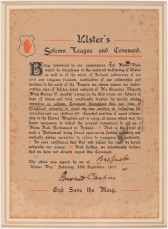
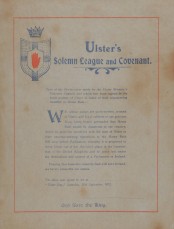
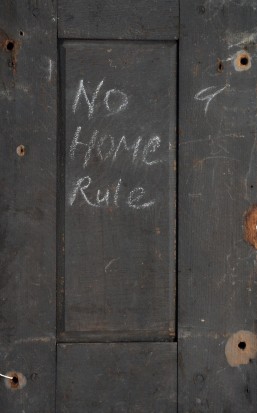
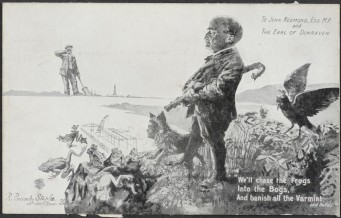

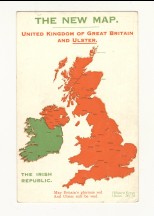
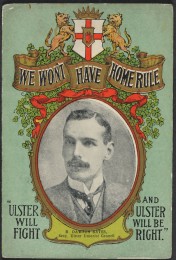

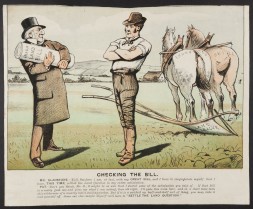
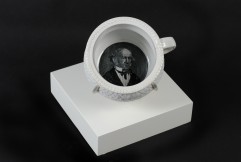
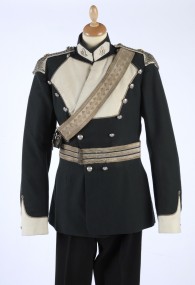


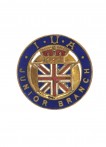
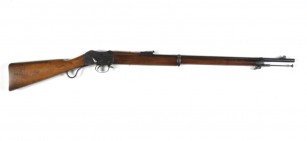
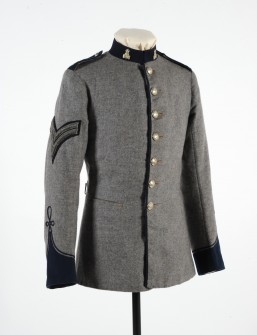



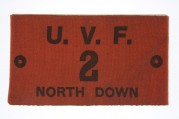
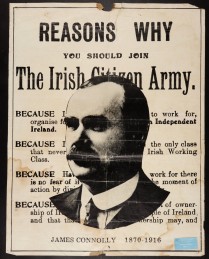

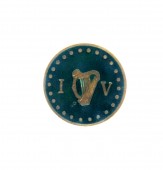
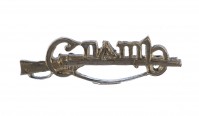



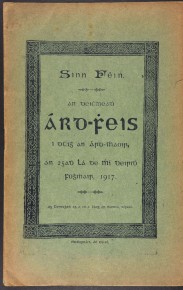

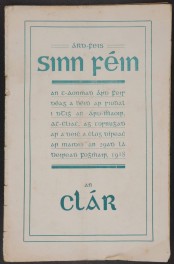
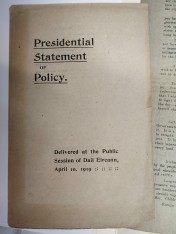
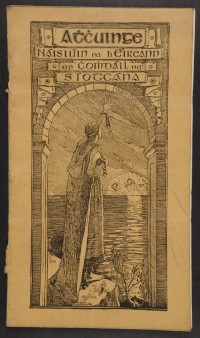


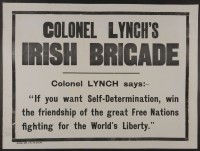
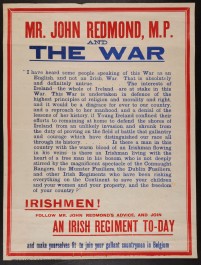

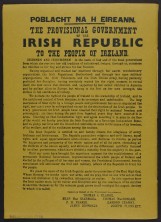

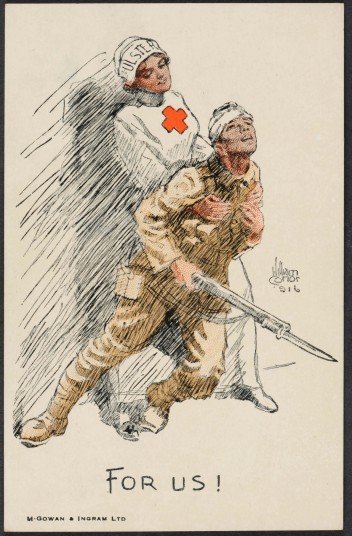


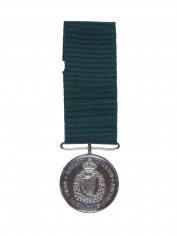
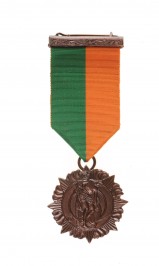
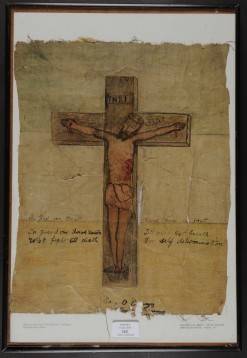
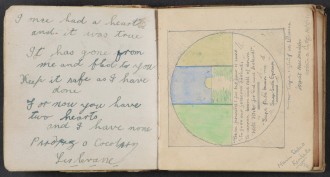
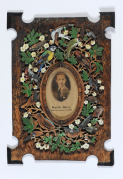

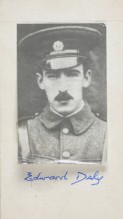
![BELUM.W2020.15 [replica]](
/img/asset/YXNzZXRzL29iamVjdHMvM18yLmpwZw==?w=148.31&h=234.8&s=0b0e304198ed1623fd1cfeb6c5156390
)
